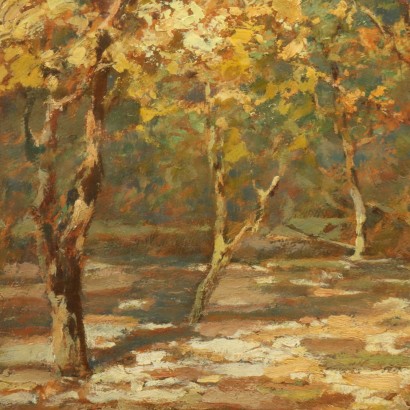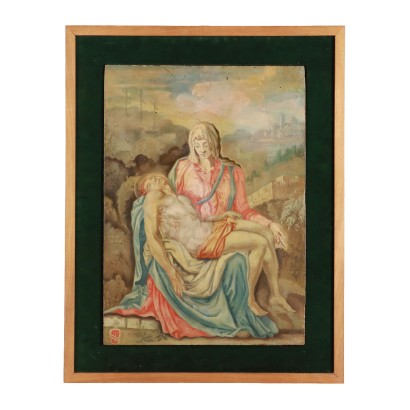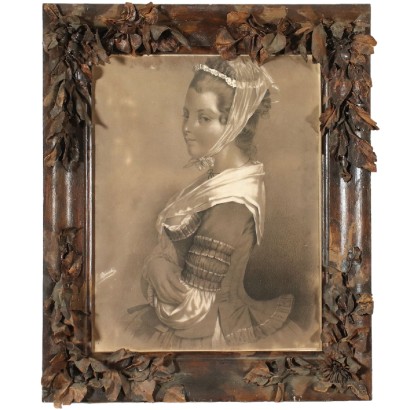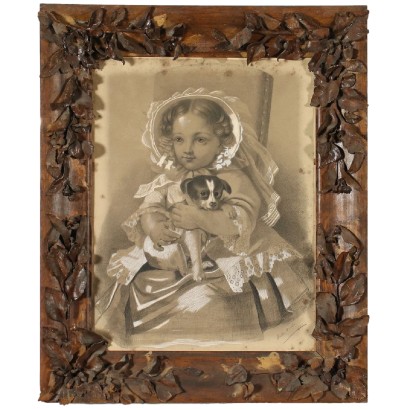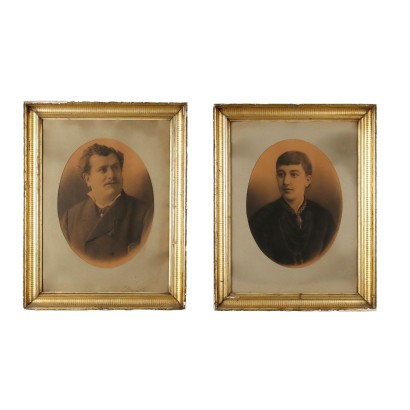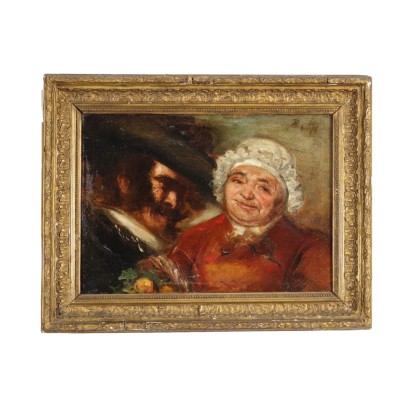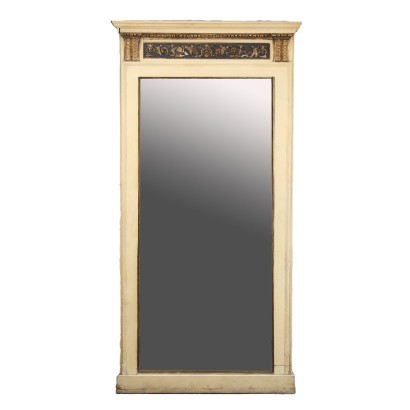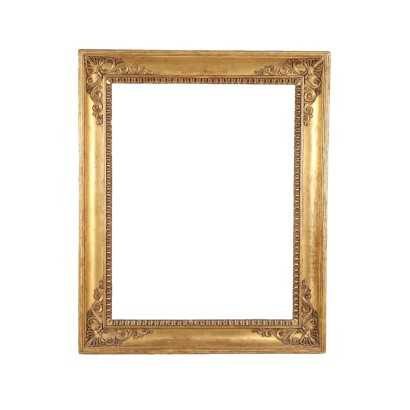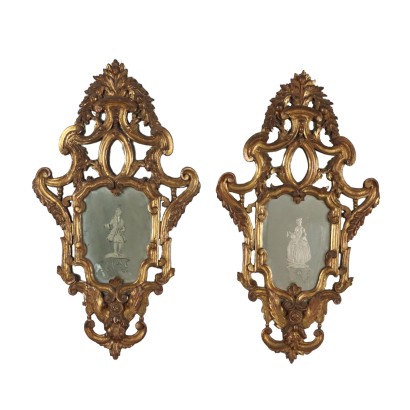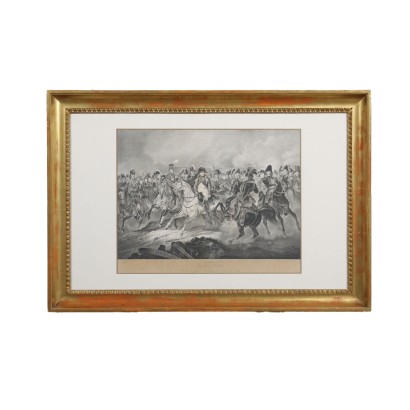Ancient Painting F. Sartorelli '800 Forest Landscape Oil on Cardboard - Forest landscape
Features
Artist: Francesco Sartorelli (1856-1939)
Artwork title: Paesaggio boschivo
Age: 19th Century / 1801 - 1900
Subject: Landscape
Artistic technique: Painting
Technical specification: Oil on Cardboard
Description : Paesaggio boschivo
Oil on cardboard. Signed lower right. After an initial period dedicated to music, Francesco Sartorelli chose the path of painting, forming himself as an autodidact. Landscape painter, initially of the traditional type, he then approached divisionist painting, finally arriving at defining his own style made up of fluid and loose brushstrokes. This glimpse of the woods is proposed in the latter style, with brushstrokes of color playing on autumnal hues, which spread fluidly and quickly. The work is presented in a gilded frame in style.
Product Condition:
Product in good condition, shows small signs of wear. We try to present the real state as fully as possible with photos. If some details are not clear from the photos, what is reported in the description will prevail.
Frame Size (cm):
Height: 80
Width: 100
Depth: 5
Artwork dimensions (cm):
Height: 65
Width: 85
Additional Information
Artist: Francesco Sartorelli (1856-1939)
Born in Cornuda (TV) in 1856 to a wealthy family, Francesco Sartorelli enrolled after classical studies at the Faculty of Medicine in Padua, which he abandoned in 1875 to attend the Milan Conservatory. Serious health problems forced him to interrupt his career as a concert flute player and, having returned to Cornuda, he began to teach himself to painting. In 1889 he moved to Venice, making friends, among others, with Alessandro Milesi; that same year he made his debut exhibiting at the Promotrice of Turin. He participates in international art exhibitions in Venice since the first edition in 1895. In 1900 his landscape painting finds definitive recognition in the Prince Umberto Award obtained at the Braidense exhibition, followed by the gold medal received the following year at the VIII Munich International Art Exhibition. In 1903 the merchant Ferruccio Stefani, active in South America, organized a traveling personal exhibition between Buenos Aires, Montevideo and Valparaíso. The painter's works were presented again in Buenos Aires in 1910, on the occasion of the Centennial International Art Exhibition; the same year the Venice Biennale dedicated a room to him with forty-six works. In 1924 he moved to Milan where the following year he set up a solo show at the Pesaro Gallery. He died in 1939 in Udine, and the following year, a few months after his death, the XXII Venice International Art Biennale dedicated a large retrospective to him ordered by his son Carlo, also a painter.
Age: 19th Century / 1801 - 1900
19th Century / 1801 - 1900
Subject: Landscape
Artistic technique: Painting
La pittura è l'arte che consiste nell'applicare dei pigmenti a un supporto come la carta, la tela, la seta, la ceramica, il legno, il vetro o un muro. Essendo i pigmenti essenzialmente solidi, è necessario utilizzare un legante, che li porti a uno stadio liquido, più fluido o più denso, e un collante, che permetta l'adesione duratura al supporto. Chi dipinge è detto pittore o pittrice. Il risultato è un'immagine che, a seconda delle intenzioni dell'autore, esprime la sua percezione del mondo o una libera associazione di forme o un qualsiasi altro significato, a seconda della sua creatività, del suo gusto estetico e di quello della società di cui fa parte.
Technical specification: Oil on Cardboard
Other customers have searched:



